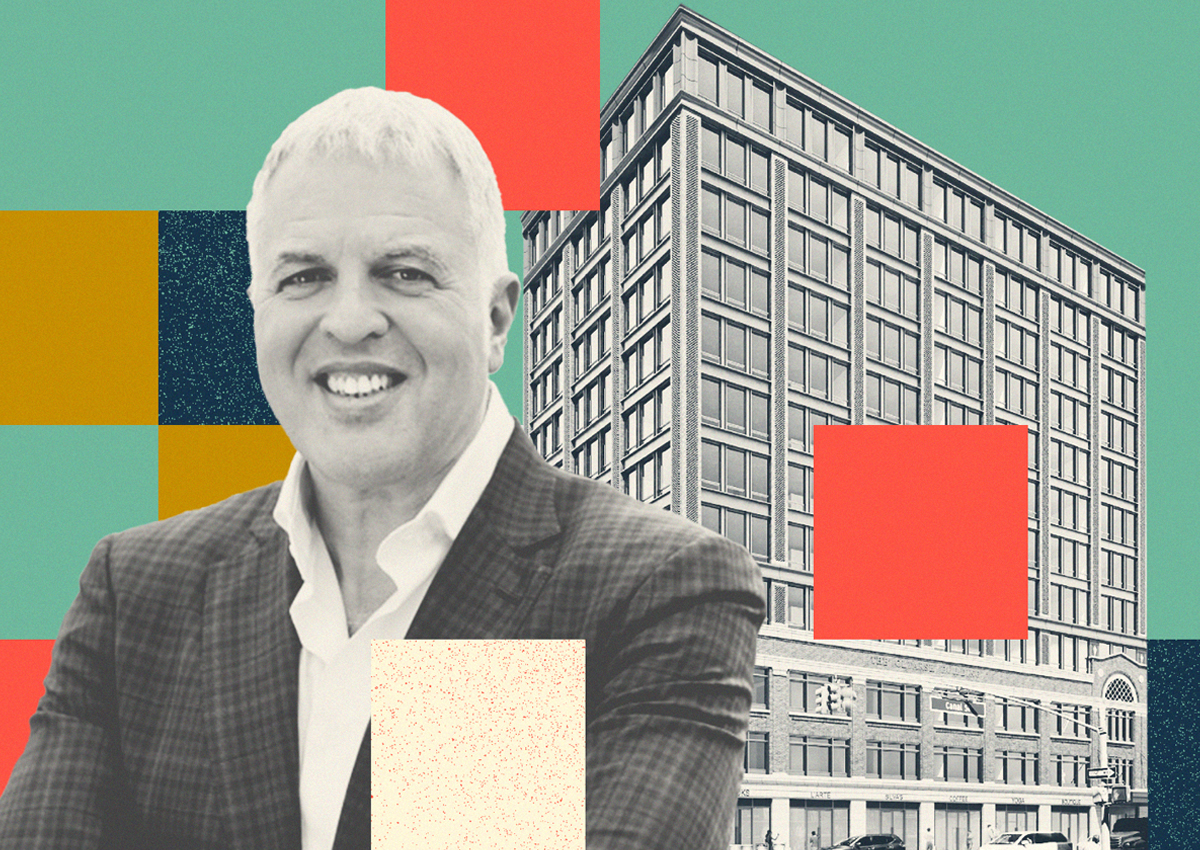You probably didn’t wake up this morning and wonder if Trammell Crow will build more than 99 rental units at 126 Lafayette Street.
But the firm’s decision will tell us a lot about the future of the city’s multifamily development.
The international real estate firm took control of the vacant site last week by paying $14.7 million for its 99-year ground lease from a joint venture of Carolwood and Stellar Management.
As readers of The Real Deal know, most developers have been limiting their rental projects to under 100 units to avoid the high wage floor required at or above that threshold by 485x, the multifamily tax break passed in 2024.
Thanks to the Soho/Noho rezoning passed in late 2021, plus development rights acquired from a neighboring property, the vacant parcel at 126 Lafayette Street allows for about 115 units. This is based on its 87,000 square feet of zoning floor area, or a total building size of nearly 100,000 square feet.
That leaves Trammell Crowe with a choice: Build as many units as possible, triggering the 485x wage scale of $40 an hour for 100- to 150-unit projects or build 99 units “open shop,” saving money on labor but giving up the revenue that another 16 units in pricey Soho would generate.
Actually, there is a third choice: Build nothing and wait for the legislature to reduce the union-backed 485x wage scale to ensure projects like this one get as many units as allowed by zoning. Lawmakers in New York love labor unions, but also recognize that increasing housing supply is crucial to improving affordability in New York.
The activists pushing back against the “abundance” strategy popularized by Ezra Klein’s book might say, “So what? Why do we need more luxury units in Soho?”
But remember, in a rezoned area, Mandatory Inclusionary Housing applies, and 485x also has affordability requirements. So the bigger the project at 126 Lafayette, the more affordable units it will have. The market-rate units will also help because their tenants won’t be bidding up available rentals elsewhere in the city.
If Trammell Crowe puts up 115 units, about 29 would be set aside as affordable. If it builds 99, roughly 25 would be affordable. And if it waits for 485x to change and lawmakers do nothing, there would be no units of any kind — just a construction fence and a cavity in the heart of one of the city’s most desirable neighborhoods.
I have predicted that it will be years before New York lawmakers change 485x, if it happens at all, in part because of how strongly Gary LaBarbera of the Building and Construction Trades Council feels about it.
“Putting their personal profit over working people and good policy is [developers’] default setting, and they do not want the model for residential projects to change,” LaBarbera told TRD in April. “They prefer to stick to the open-shop model that allows them to build wealth off the backs of low-wage workers.”
But some real estate interests supporting Andrew Cuomo for mayor believe that if he wins the election, he will persuade his ally LaBarbera to compromise and Albany to change the law. After all, Cuomo did that with 485x’s predecessor, 421a, in 2017.
For Trammell Crow, waiting to build would be a gamble because Albany is so unpredictable. Lawmakers on the final day of the legislative session don’t even know if their own bills will pass, so forecasting what will happen next year is a total crapshoot.
But for Trammell Crowe, the upside of waiting is that a revised 485x would mean tens of millions of dollars more revenue over the course of the 99-year ground lease. It’s a huge firm, with $31 billion worth of projects underway or in the pipeline, so it can afford to sit on 126 Lafayette. (The company declined to comment.)
Although LaBarbera claims developers are making a choice to avoid the wage requirement, in some neighborhoods, rents are not strong enough for a project with high labor costs to pencil out.
But if large 485x projects at LaBarbera’s wage scale can get financing in any neighborhood, Soho should be one. The average rent there is $6,205 despite an average unit size of just 611 square feet, according to Apartments.com.
The Trammell Crowe site is not huge by New York City standards, but what happens there will happen elsewhere too. Projects of 100 to 150 units are key to easing the supply crisis, as are expensive enclaves like Soho, which have lagged in housing production. Rezoning was supposed to fix that, but it’s not the only thing that matters.
Read more

Soho development site sale paves way for multifamily project

Al Laboz proposes first project to use controversial SoHo rezoning

Bad news for developers: Why 485x will remain broken















































